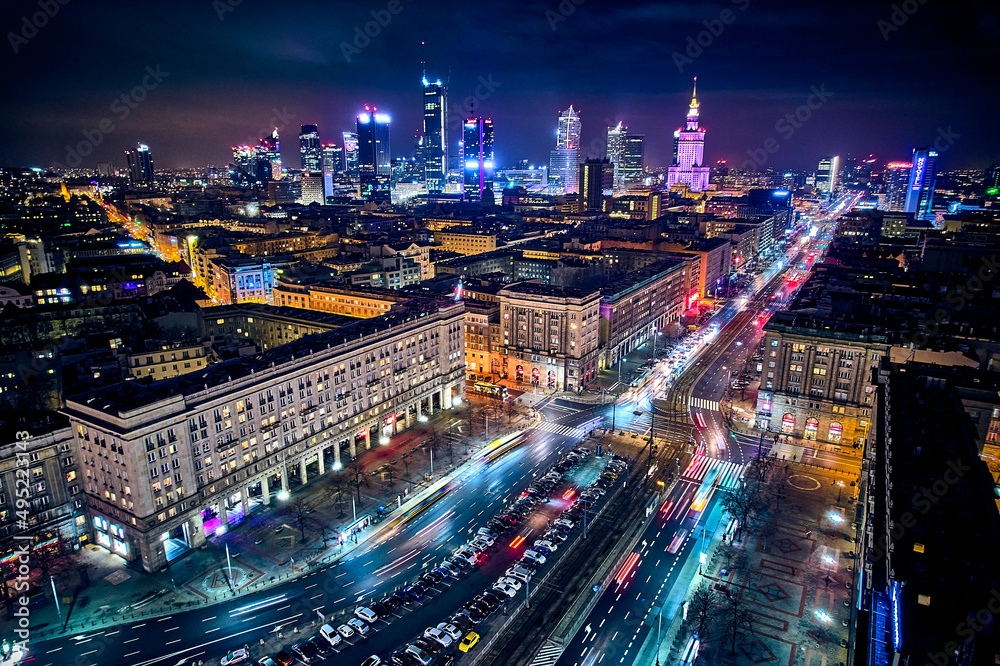Plac Konstytucji: Exploring a Post-War Icon of Warsaw
Plac Konstytucji, or Constitution Square, is a significant landmark in Warsaw, Poland, that embodies the city’s post-war reconstruction and socialist realism architecture. Located in the heart of Warsaw, this square is not just a physical space but a symbol of resilience and transformation. For those interested in history, architecture, or simply exploring Warsaw, Plac Konstytucji offers a unique glimpse into the city’s past and present.
Historical Significance
Plac Konstytucji was designed in the early 1950s as part of Warsaw’s post-World War II reconstruction efforts. The square was named to commemorate the adoption of the Stalinist constitution in 1952, reflecting the political climate of the time. It was one of the first major urban projects in the city after the war, intended to showcase the ideals of socialist realism—a style that emphasized grand, monumental structures and was prevalent in Soviet-influenced countries.
The square was designed to be a focal point of the new socialist city, with wide streets and imposing buildings that conveyed power and order. It was part of the larger Marszałkowska Residential District (MDM), which aimed to provide housing and amenities for the working class. Today, Plac Konstytucji stands as a testament to this era, offering insights into the socio-political landscape of post-war Poland.
Architectural Features
The architecture of Plac Konstytucji is a prime example of socialist realism, characterized by its monumental scale and classical elements. The buildings surrounding the square are adorned with decorative sculptures and reliefs that depict workers, farmers, and other symbols of socialist ideology. These artistic elements were designed to inspire and educate the public, reinforcing the values of the time.
One of the most striking features of the square is its symmetry and uniformity. The buildings are arranged in a harmonious layout, with wide boulevards and open spaces that create a sense of grandeur. The use of stone and concrete gives the structures a solid, enduring quality, while the decorative details add a touch of elegance. For architecture enthusiasts, Plac Konstytucji offers a fascinating study of how political ideology can shape urban design.
Cultural and Social Hub
Beyond its historical and architectural significance, Plac Konstytucji is a vibrant cultural and social hub in modern Warsaw. The square is surrounded by cafes, restaurants, and shops, making it a popular destination for both locals and tourists. It hosts various events and activities throughout the year, from outdoor concerts to art exhibitions, reflecting the dynamic spirit of the city.
The square’s central location makes it an ideal starting point for exploring other parts of Warsaw. It is well-connected by public transport, with several tram and bus lines passing through the area. Visitors can easily access nearby attractions such as the Palace of Culture and Science, Łazienki Park, and the historic Old Town. Whether you’re interested in history, architecture, or simply enjoying the local atmosphere, Plac Konstytucji offers something for everyone.
In conclusion, Plac Konstytucji is more than just a square; it is a living piece of Warsaw’s history and culture. Its blend of historical significance, architectural beauty, and vibrant social life make it a must-visit destination for anyone exploring the city. Whether you’re a history buff, an architecture enthusiast, or a curious traveler, Plac Konstytucji provides a unique window into the heart of Warsaw.
